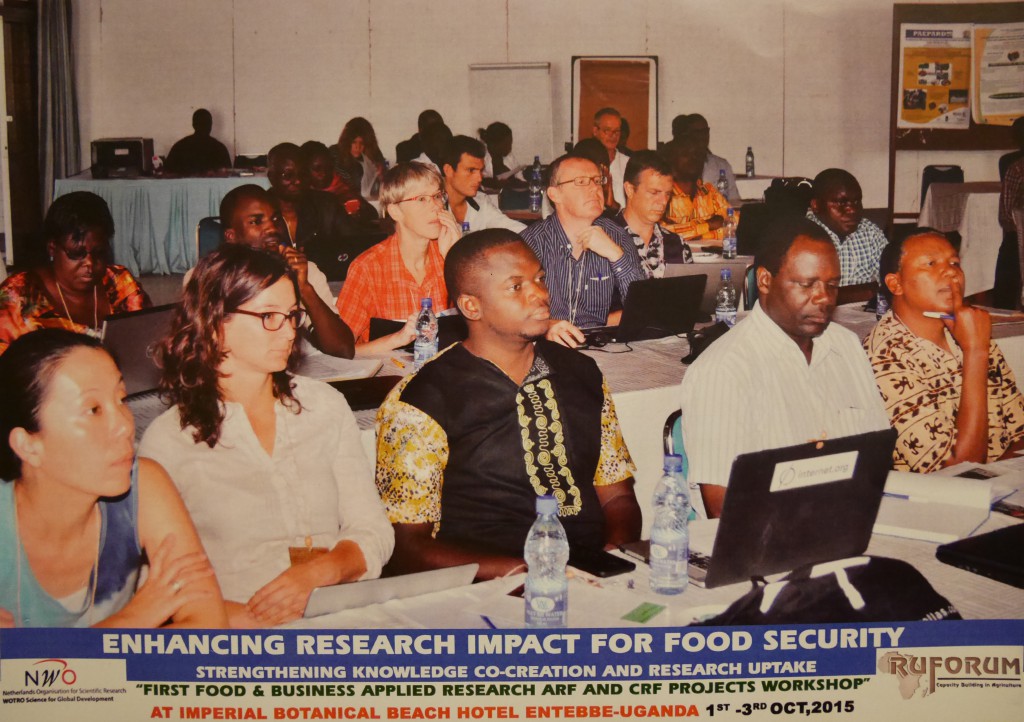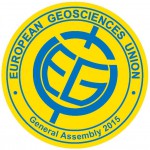TAHMO is seeking a provider of M2M services mainly for African countries.
We are seeking a broad availability of various networks in different countries.
What are we seeking:
– unique M2M sim cards functioning in all or most African countries
– a broad choice of networks as our equipment is located sometimes in remote locations
– we require a maximum of 1Mb of data per month
– we would like a unique price preferable for all of Africa or at least per country.
– The price should include a platform accessible by anyone we choose in order to activate and suspend sim cards.
Documentation to provide when submitting a quote:
– the mobile footprint of the available networks your sim cards can access
Please send the offer and documentation to Rebecca Hochreutener by April 28th, 2017 12:00 noon CET. Please use “M2M offer ‘name of the company'” in the subject of the email. Thank you.










